RCEP states already looking to expand trade participation
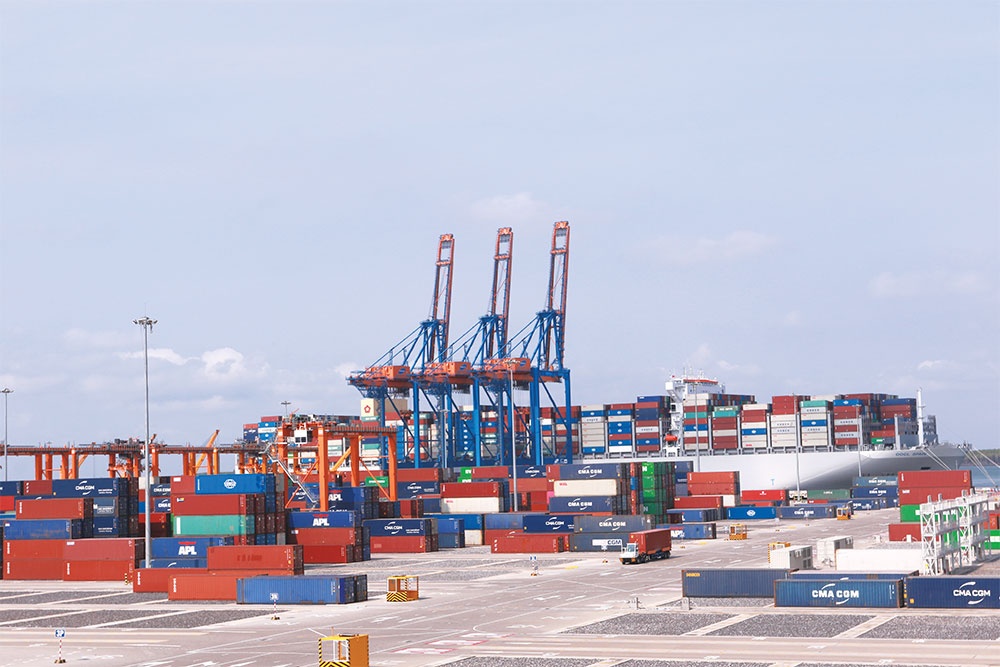 |
| Improved market access is helping operators across ASEAN and other regions, photo Le Toan |
This month, at a summit on the deal (RCEP) in Indonesia, a review of its implementation is expected to be conducted, with member states agreeing on new measures to intensify intra-deal trade and investment flows.
Additionally, it is expected that the bloc will also discuss how RCEP membership can be expanded to other economies wishing to partake in the deal, which currently covers a market of 2.3 billion people and $26.2 trillion in global output.
Taking off in June and involving the 10 ASEAN member states as well as Australia, China, Japan, South Korea, and New Zealand, the RCEP accounts for around one-third of the world’s GDP.
ASEAN economic ministers are also working on procedures to allow other economies to join the agreement. According to an RCEP document, any economy can become a member of the trade pact 18 months after its entry into force.
The Vietnamese government has also tasked authorised agencies to formulate an action plan to take advantage of RCEP benefits.
Under the commitments, member states committed to remove nearly all tariff lines for Vietnam under a roadmap, and ASEAN countries pledged to do that with at least 86 per cent of tariff lines. The longest roadmap for tariff elimination is 15-20 years from the RCEP becoming valid.
According to consultancy firm Dezan Shira & Associates, as the RCEP is focused on trade facilitation, the blue-collar sector is set to benefit the most. Consumer sectors like tourism, education, entertainment, healthcare, and retail are also expected to benefit as the middle class expands. Further, Vietnam’s export-oriented industries such as IT, agriculture, automobiles, footwear, and telecommunications are expected to see gains.
“For investors operating across ASEAN, China, and other regions, the RCEP offers good news. Streamlined customs procedures, unified rules of origin (ROO), and improved market access will make investing in multiple location – a much more viable and attractive investment strategy and likely bring China + 1 business models to the fore,” said Dezan Shira in a RCEP report released a few months ago.
“The common ROO will lower costs for companies with supply chains that span across Asia and may encourage multinationals to member countries to establish supply chains across the bloc, thus growing the global value chain activity in the region.”
While implementing projects in Vietnam, enterprises would need to import products for production and then exports abroad, including to RCEP member countries.
“The RCEP has been designed to cut costs and time for enterprises, and the agreement allows them to export goods to each member market without having to meet that market’s own requirements,” said Nguyen Thi Thu Trang, director of the Centre for WTO and International Trade under the Vietnam Chamber of Commerce and Industry. “This will help investors increase investment in Vietnam.”
“For example, for the Comprehensive and Progressive Agreement for Trans-Pacific Partnership, businesses from Vietnam will find it difficult to take advantage of tariff incentives for their textiles and garments due to tough requirements in ROO applied commonly within the bloc because many types of materials Vietnam need are imported from China which is not a member. Nevertheless, for the RCEP, to which China is a member, the burden of import costs for input materials will be reduced thanks to tariff incentives.”
According to Fitch Solutions, Vietnam’s key export categories that are expected to benefit from the agreement include agriculture, footwear, automobiles, IT, and telecommunications.
As Vietnam moves to become a high-tech manufacturer, the RCEP can help local businesses raise exports and attract high-quality goods. Furthermore, Vietnam is set to benefit from growing demands for its exports like agriculture and fisheries products.
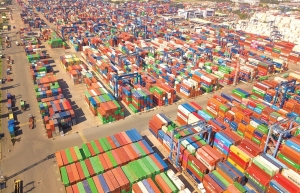 | RCEP boosting like-minded vision among bloc members With one-year entry into force of a regional trade deal, ASEAN is expecting to boost further investment and trade cooperation. In this landscape, Vietnam is becoming a top destination for regional partners. |
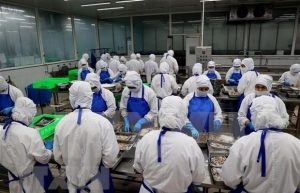 | RCEP creates new impetus for regional economic development Since it entered into force in early 2022, the Regional Comprehensive Economic Partnership (RCEP) has helped strongly promote integration of value and supply chains, strengthen confidence in regional economic recovery and create new impetus for trade and investment growth in the region and the world, according to an article on the Zhongguopinglun (China review) website of Hong Kong (China). |
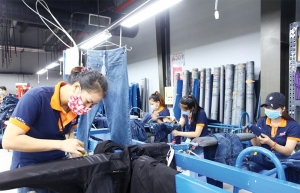 | RCEP effectiveness measures to benefit Vietnam A new drive is underway to ensure the Regional Comprehensive Economic Partnership is implemented at the optimal level. |
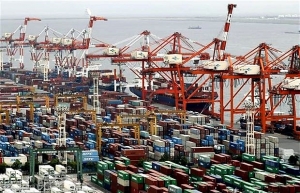 | ASEAN wants to expand RCEP membership ASEAN Secretary-General Kao Kim Hourn has said the Association of Southeast Asian Nations (ASEAN) is striving to increase the membership of the Regional Comprehensive Economic Partnership (RCEP). |
What the stars mean:
★ Poor ★ ★ Promising ★★★ Good ★★★★ Very good ★★★★★ Exceptional
Related Contents
Latest News
More News
- Businesses ramp up production as year-end orders surge (December 30, 2025 | 10:05)
- Vietjet chairwoman awarded Labour Hero title (December 29, 2025 | 13:06)
- How to unlock ESG value through green innovation (December 29, 2025 | 10:03)
- AI reshapes media and advertising industry (December 29, 2025 | 08:33)
- FPT and GELEX sign deal to develop blockchain tech for global markets (December 29, 2025 | 08:29)
- Vietnam’s GDP forecast to grow by 9 per cent in 2026 (December 29, 2025 | 08:29)
- Women entrepreneurs are key to Vietnam’s economic growth (December 29, 2025 | 08:00)
- Vietnam's top 500 value-creating enterprises announced (December 27, 2025 | 08:00)
- The PAN Group shaping a better future with ESG strategy (December 26, 2025 | 09:00)
- Masan Consumer officially lists on HSX, marking the next phase of value creation (December 25, 2025 | 13:20)

 Tag:
Tag:




















 Mobile Version
Mobile Version